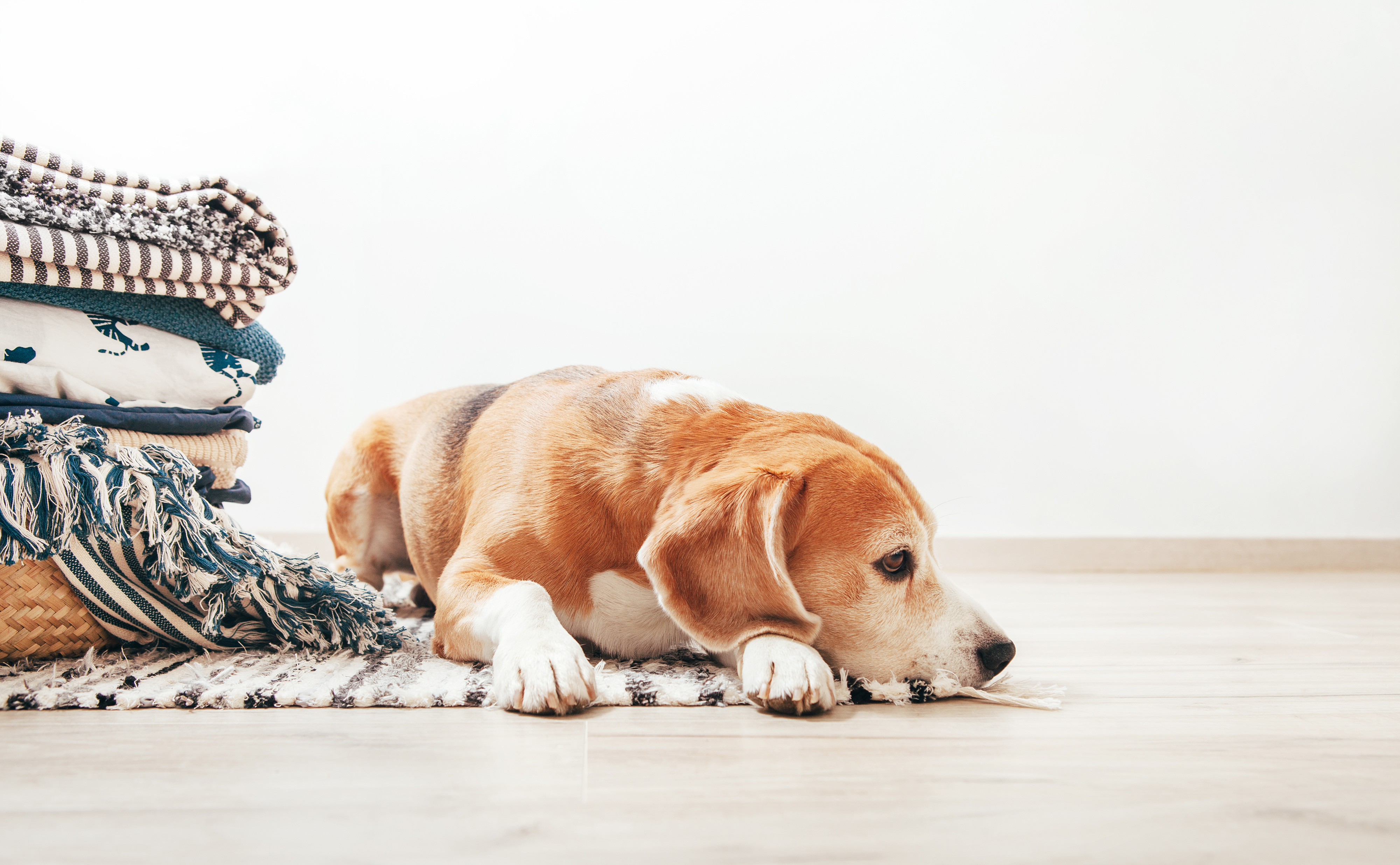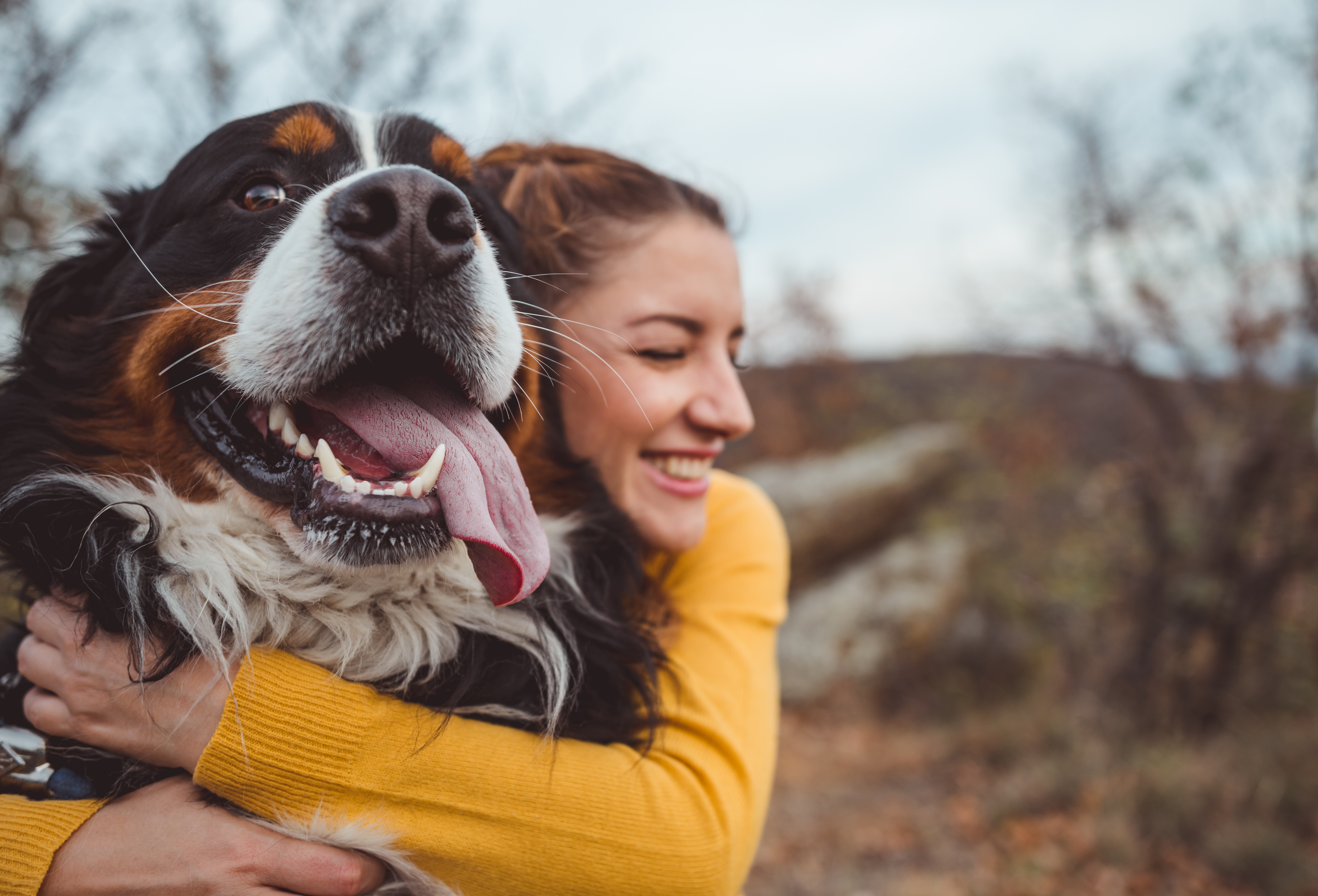
How Joint Custody Can Work for Your Pets During a Separation
Separating from your spouse or partner can be a difficult process. Emotions are high and there are lots of things to consider regarding personal property, finances and other assets. Then, you must consider your family—including your pets.
Depending on where you live, your pets may be considered “personal property,” which typically results in a pet being given to either you or your partner full-time. Unfortunately, divorce or separation isn’t something pets are able to understand—all they know is that their family is changing. In the event of sole custody of a pet, your furry friend may be distressed to find that one of their loved ones is no longer around.
Of course, both you and your ex-partner love your pets and most likely treat them like your children. This is why trying a joint custody agreement can work to your, your ex’s and your pet’s benefit. Here’s what you should know as you navigate this complicated transition.
What pets go through during a separation
Divorce or separation can be extremely difficult on both dogs and cats. Pets do not generally accept change well, and they may become depressed or extremely anxious as a result of many changes in a short period of time. Moving into a new home, being separated from other pets and children and no longer seeing one of their owners can cause them deep distress.

If it’s possible, creating a joint custody agreement between you and your former partner can help maintain some sense of stability for your four-legged friends and allow them to keep their beloved family members nearby. Of course, there will still need to be a transitional period, but joint custody allows your pet to enjoy the company of their family members and allows both you and your ex to spend quality time with your pet.
However, before trying joint custody, consider how well your pet adjusts to change and whether or not joint custody is the best thing for them. Although it can work for many pets, some pets are unable to adjust to changing situations, in which case moving from home to home may cause more distress than a single adjustment after your separation. Additionally, ensure that both you and your ex are able to care for the pet in the same way and provide adequate quality time. If one of you isn’t able to care for the pet due to financial reasons or time restrictions, sole ownership might be the best option.
Tips for making joint custody work
If you and your ex decide to give joint custody a try for your pet’s sake, there are a few ways to make the process smoother for your furry friend and for you.
- Create a schedule: Speak with your lawyer about establishing a joint custody agreement (similar to one for a child) for your pet, if the law allows it. Otherwise, you and your ex-partner can create one together that works for both of your schedules. In this agreement, you’ll want to devise a joint custody schedule that details the arrangements of you and your ex sharing your pet. Will your pet switch between homes every week, every two weeks or every month? Make sure you put the pet’s needs first when choosing this arrangement—what will be easiest for your pet to handle and allow for the happiest life? Then, keep your schedule consistent to help your pet adjust as quickly as possible.
- Consider expenses: Pets can be expensive, between food, toys and medical care. In your joint custody agreement, outline how expenses for your pet will be shared between you and your ex to ensure there are no problems later and your pet gets everything they need to live a healthy and happy life.
- Create a home in both places: In order to help your pet settle into their new homes, both your and your ex’s home should have toys, a bed and other comfort items for your pup or cat to enjoy. It may be useful to swap a T-shirt or other article of clothing that carries your scent with your ex, so your pet can still be familiar and comforted by your smell while they’re at their other home.
- Be patient: Divorce or separation is hard on everyone involved, including your furry friend. The adjustment may take time for your pet to come to terms with, which might result in unpleasant behaviors like house soiling, aggression or anxiety. It’s important that you remain patient with your pet during this transitional time and give them lots of attention and TLC to help them feel loved and safe.

Overall, the most important things you can do when making joint custody work for your pet is stay consistent and put your pet first. Consistency will help your pet adjust to each home more easily, and you and your ex must think about what will be best for your pet—not what’s best for you—to ensure their happiness.
And, remember to communicate with your ex—even though you have separated, you are still jointly responsible for your furry friend and their wellbeing. Through proper communication and planning, you, your ex and your pet can enjoy happy, fulfilling lives in spite of your separation.


